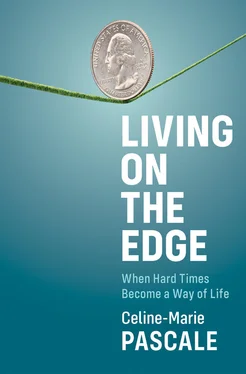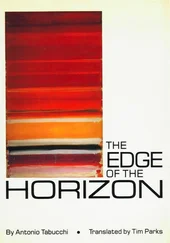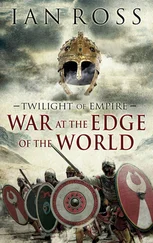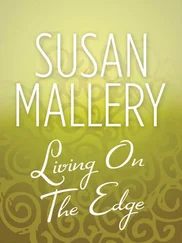The federal poverty line was developed for the government by Mollie Orshansky in the 1960s, when a family’s food budget was thought to be one-third of their expenses. “Orshansky based her poverty thresholds on the economy food plan – the cheapest of four food plans developed by the Department of Agriculture.” 33She calculated the cost of groceries to meet those food plans and multiplied each of those costs by three to create the poverty line. Today the poverty line continues to be calculated the same way: as three times the cost of groceries for the cheapest food plan. There are at least three basic problems with this calculation. First, groceries have been a much smaller part of a family budget for decades. For many families, the costs of childcare, rent, and health care have outpaced groceries. In addition, expenses for transportation, phone, and internet are both substantial and indispensable. Second, as we just saw, most families spend considerably more than 30% of their income on housing. Third, national averages will always distort budget percentages. As incomes rise, wealthier households spend more money on food, but even so, the percentage of money spent on food is a smaller part of the household budget. Poor families spend less on food, but food costs are a larger part of their overall income.
The cost of food was never a good way to measure poverty; this calculation has clear problems with real consequences. Accurate measures of poverty are key to understanding the health of the economy. 34Yet the federal poverty line provides an unrealistically low definition of poverty that undercounts the number of people who are struggling to make ends meet and limits the ability of people to qualify for assistance. Millions of families disappear into the chasm created by this standard: they are not able to pay basic bills every month and yet they are not counted as poor. This reality is complicated by the fact that in the US people do not commonly refer to themselves as poor, even when they are unable to reliably meet basic needs.
To get a better sense of people’s experiences, let’s look at how much money it takes to simply pay the basic bills every month – what is known as economic self-sufficiency, or just self-sufficiency. The Economic Policy Institute (EPI) is a nonprofit, nonpartisan think-tank created in 1986 to help ensure that the needs of low- and middle-income workers are included in economic policy discussions. In addition to conducting cutting-edge research, EPI provides an online Family Budget Calculator that calculates economic self-sufficiency for regions across the country. These calculations appear throughout this book, in each case generated on the EPI website. The calculator primarily relies on government data to determine the costs of housing, food, childcare, transportation, health care, and other necessities, as well as taxes for specific locations across the country. For example, the budget for food comes from Official USDA Food Plans: Cost of Food at Home at Four Levels , a report published by the Department of Agriculture’s Center for Nutrition Policy and Promotion. 35The housing costs are based on the Fair Market Rent calculations used by HUD for their housing voucher program. FMRs provide a standardized way to estimate housing expenses in specific areas of the country – which is of value, even if the estimates tend to run a bit low. Importantly, EPI provides a transparent estimate of what it costs to be economically self-sufficient – not a calculation of poverty levels.
From the EPI self-sufficiency calculations it’s clear that taxes as well as rent vary widely from place to place. The EPI calculator accounts for regional differences beyond rent. For example, in San Francisco, California, a basic level of economic self-sufficiency for two adults with two children requires an annual income of $148,440. Just across the bay in Oakland, this same family would need to earn $123,310 to be self-sufficient. In Athens County, Ohio, the same family would need $72,284 to cover their basic needs. Keep in mind that the federal poverty line for this same family of four is $25,100 – regardless of where the family lives. In none of these communities is an annual pre-tax income of $25,100 for a family of four the start of poverty.
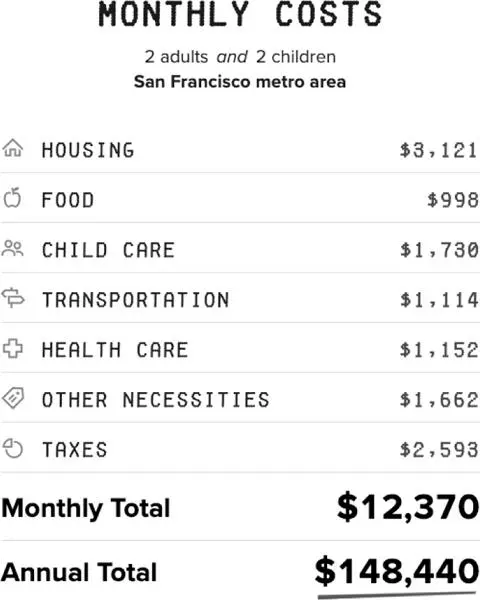
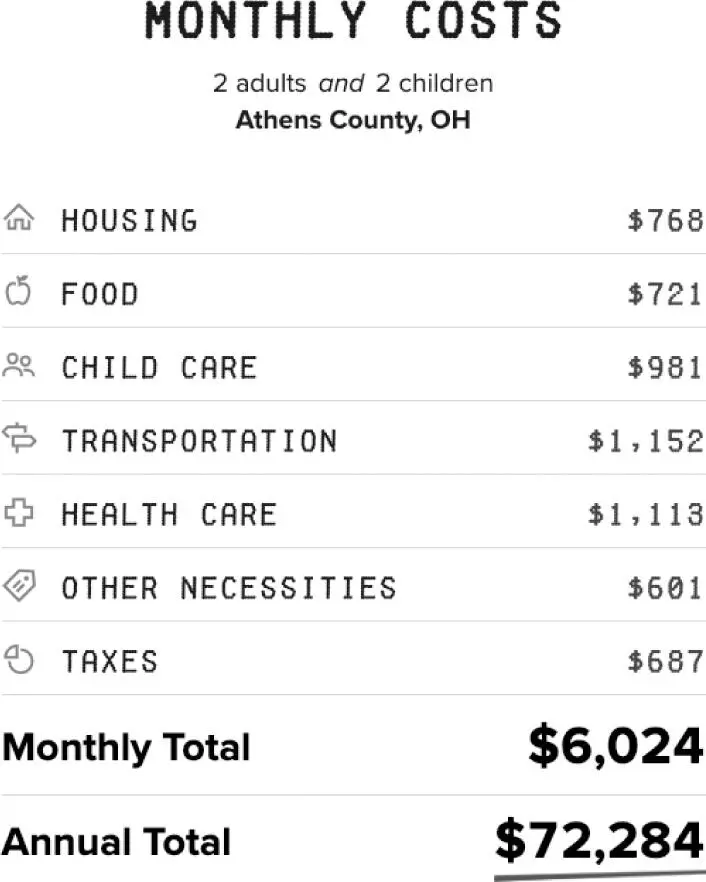
If these numbers seem high to you, consider that many families can and do get by on a lot less. They squeak by without health care or dental care, have a friend or family member watch the kids, skimp on groceries, “repurpose” gifts they’ve received, rely on used clothing, miss payments when they come due, and sometimes kite checks. And most families carry debt that doesn’t even figure into these budgets. Keep in mind, this is self-sufficiency – it isn’t based on going without. It’s a budget that covers all the basics on the list. The EPI self-sufficiency budget does not include items beyond the basics – for example, there is no budget for existing debt, retirement, life insurance, or vacations. Taking a square look at the lives of working people brings the country’s economic realities into perspective.
In 2017, half of all working people in the US earned pre-tax incomes of $31,561, or less. 36To give this figure context, recall that in the same year, the federal poverty line for a family of four was $24,600. Wages have been completely disconnected from economic growth and from the cost of living. As a result, most people are working hard and having trouble keeping their heads above water. The EPI self-sufficiency budget for that same family of four in the economically distressed rural county of Athens, Ohio, was $72,284 – more than twice the pre-tax income earned by half of all US workers. The broader context offers insight into the breathtaking number of struggling families and some indication of the extent of the financial fragility they face. Working for low wages denies struggling families the economic security that comes with a stable income and savings. It also drives families into debt that is frequently impossible to escape.
The United States has the highest level of wealth inequality among Western democracies. 37Between 2000 and 2010 the nation reached a new level of inequality that was higher than that in India and South Africa. 38Inequality was higher in the US in 2014 than it was in India under colonial rule (1920–30) or in South Africa under apartheid (1960–70). 39Take a moment and let that sink in. The United States has a record level of income inequality that is probably higher than in any other society at any time in the past, anywhere in the world. 40That doesn’t sound like the country we like to talk about and yet it does reflect the country in which we live. There are a lot of struggling people and some very, very rich folks. And not much in between. If this seems doubtful, take a look at 2017 figures for annual income from the Social Security Administration: 41
28% of workers earned less than $15,000
35% of workers earned less than $20,000
60% of workers earned less than $40,000
76% earned less than $60,000
These are the federal government’s numbers, but they rarely make the news. At a time when 60% of workers were earning less than $40,000 a year, the poverty line for a family of four was $24,600. And that’s without considering where they live or the impacts of racism and sexism. It’s hard to claim that families are doing okay. But this book isn’t just about people struggling to get by – it’s also about the mechanisms that create poverty for the many as surely as they create wealth for a few. Our economy has lost so many mid-range jobs that it is now bifurcated between some jobs that pay very well and a majority that pay quite poorly. 42Here are some of the upper income limits for 2017 that might be more familiar. 43
Читать дальше
